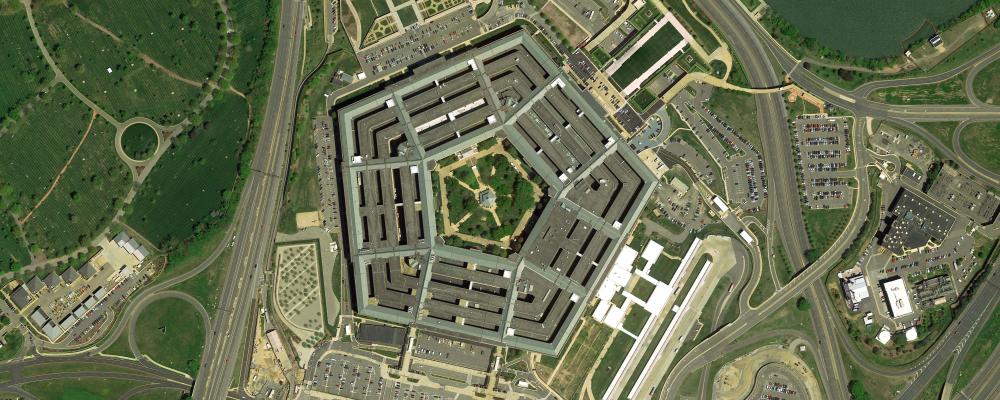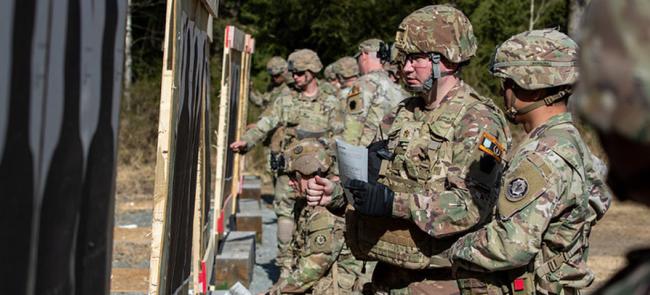
America’s defense industry faces significant challenges in the years ahead, according to the Pentagon’s first-ever National Defense Industrial Strategy.
The Defense Department's NDIS argues only "generational change" will enable the nation to keep pace with competitors like Russia and China.
"The current and future strategic environment demands immediate, comprehensive, and decisive action to strengthen and modernize our defense industrial base ecosystem so it delivers at speed and scale for our warfighters," Deputy Defense Secretary Kathleen Hicks said in a Jan. 11 press release about the strategy.
The strategy aims to modernize the nation’s defense industrial base ecosystem by making it more robust, resilient and dynamic. It also issues a "call to action" to DoD and its partners with almost 50 pages of recommendations.
The document is meant to align with DoD’s National Defense Strategy, which Defense Secretary Lloyd J. Austin III released in 2022.
The NDIS additionally seeks sustained cooperation and collaboration between the federal government, the private sector and America’s allies and partners overseas.
The full NDIS and a fact sheet about the new strategy are available here.
DoD’s strategy establishes four strategic priorities for modernizing the nation’s defense industrial base.
The NDIS seeks resilient supply chains, workforce readiness, flexible acquisition and economic deterrence to achieve DoD’s goals for America’s defense industrial base.
For example, the strategy says DoD will "incentivize industry to improve resilience by investing in extra capacity" for the nation’s defense supply chains.
"The NDIS recognizes that America’s economic security and national security are mutually reinforcing and, ultimately the nation’s military strength cannot be untethered from our industrial strength," Dr. William A. LaPlante, DoD’s under secretary of defense for acquisition and sustainment, stated.
America’s defense suppliers are straining under demands caused by the COVID-19 pandemic and Russia’s invasion of Ukraine in 2022.
Without the ability to purchase and mass produce weapons and technologies quickly, the United States risk falling behind near-peer competitors like China and Russia.
The United States must also maintain a high level of military readiness due to rising tensions worldwide.
With American partners like Israel, Taiwan and Ukraine facing threats, the United States must delicately balance economic aid with military readiness.
While DoD views the NDIS as a long-term strategy, the agency has shorter-term defense industry goals for the next three to five years.
DoD officials said Jan. 11 the Pentagon plans on releasing an unclassified plan for implementing the NDIS in February.
The Pentagon will also publish a classified NDIS implementation plan in late March centered on the agency’s existing authorities, the officials added.
The NDIS boasts more than two dozen recommendations for the nation’s defense industrial base.
The recommendations include inventory and stockpile planning to decrease near-term risk and preparing the workforce for future technological innovations.
— By Mark Hensch












